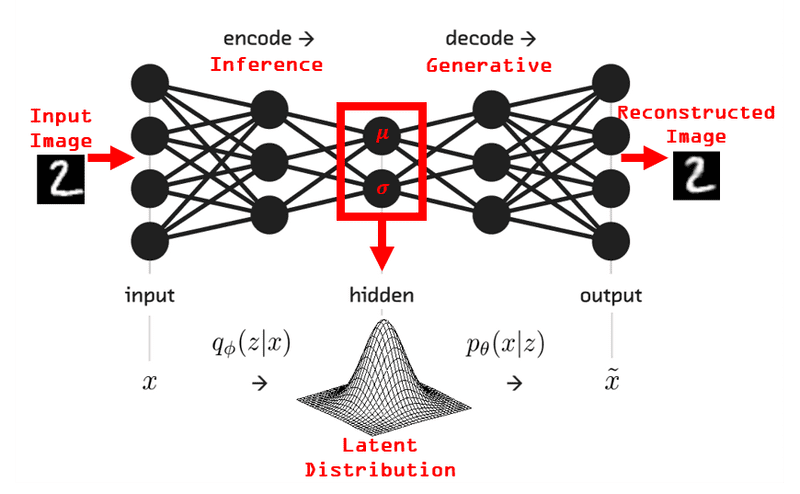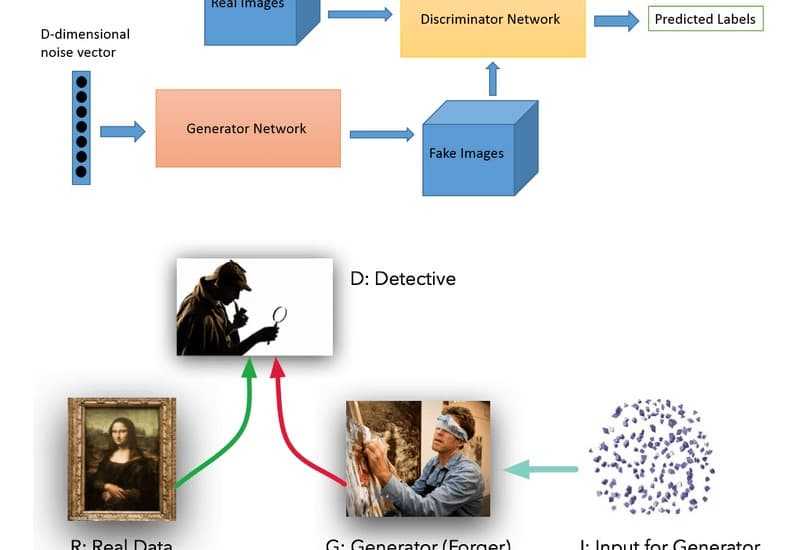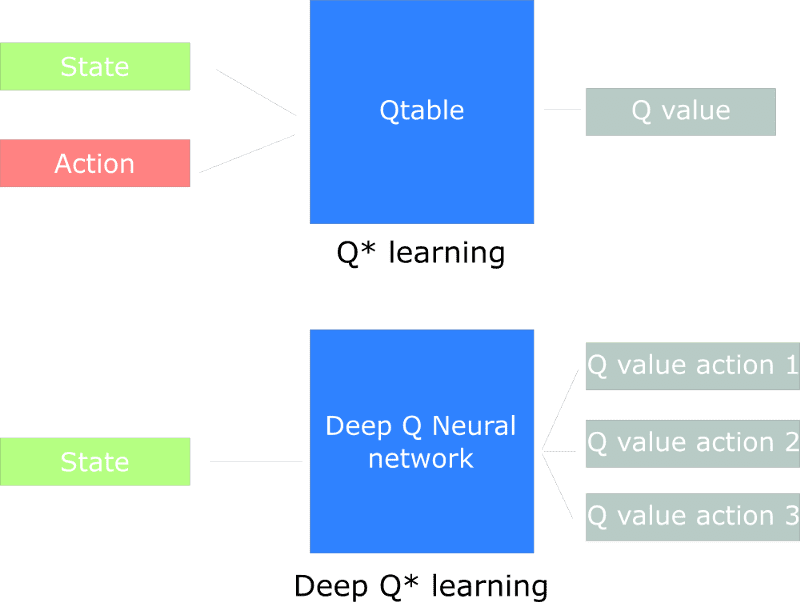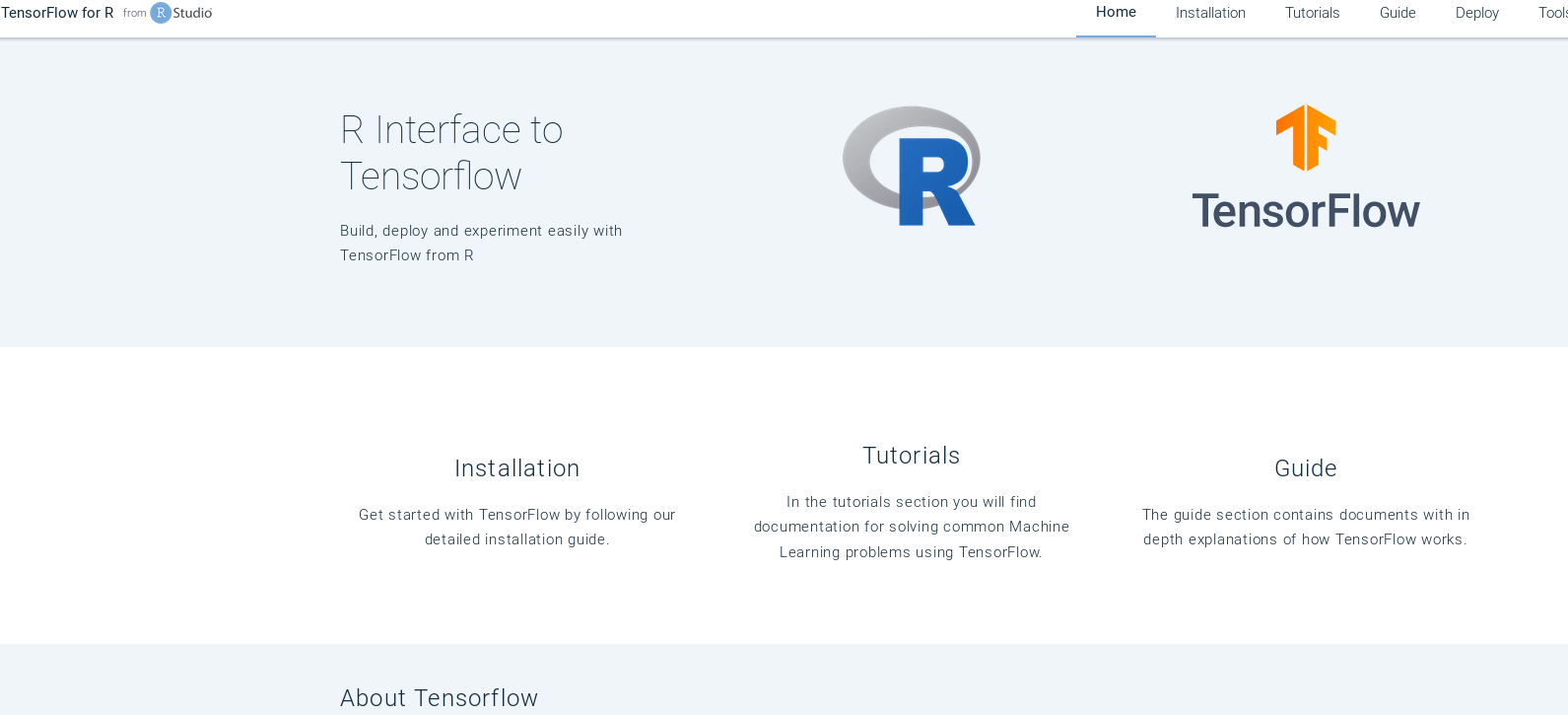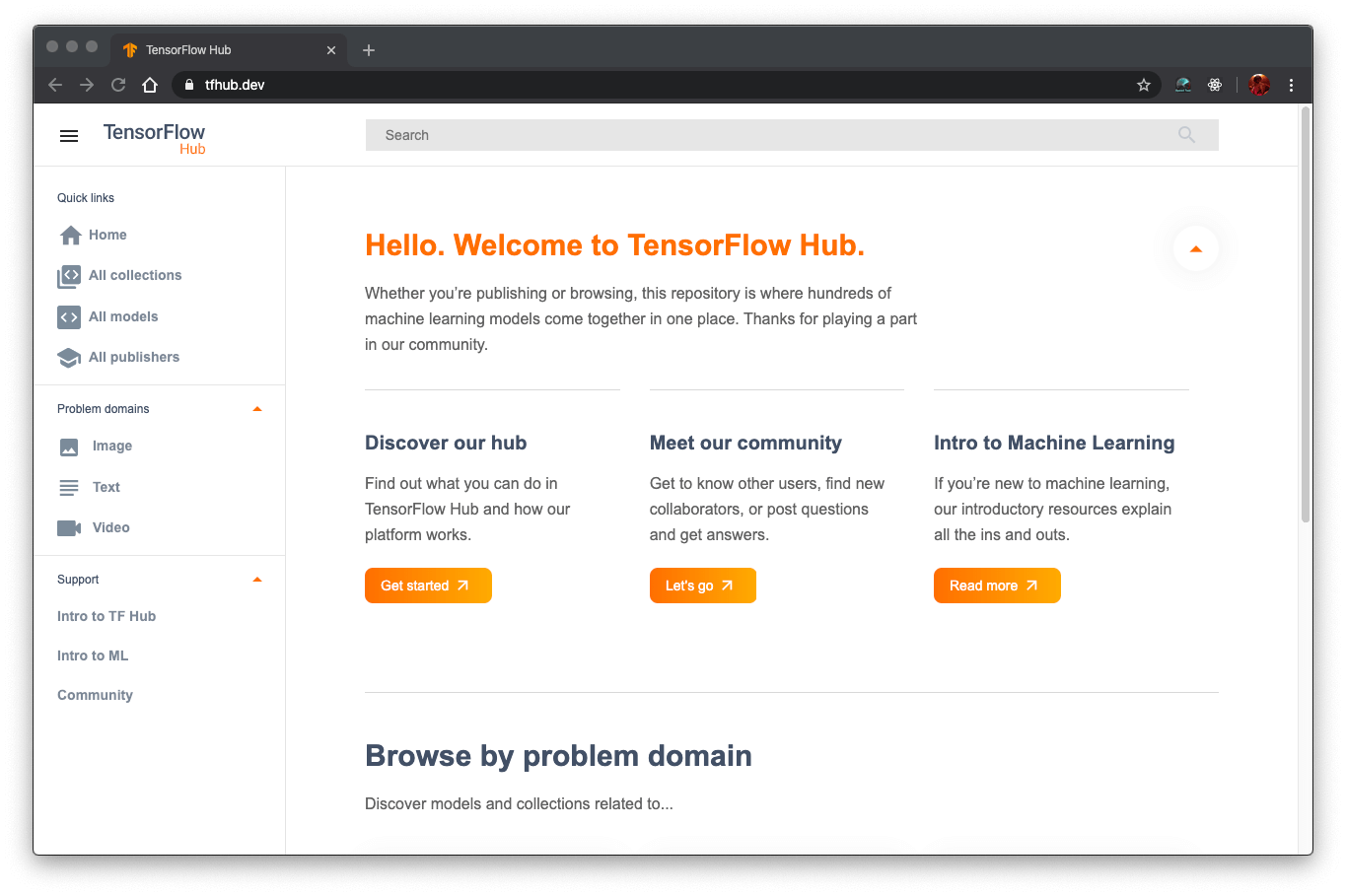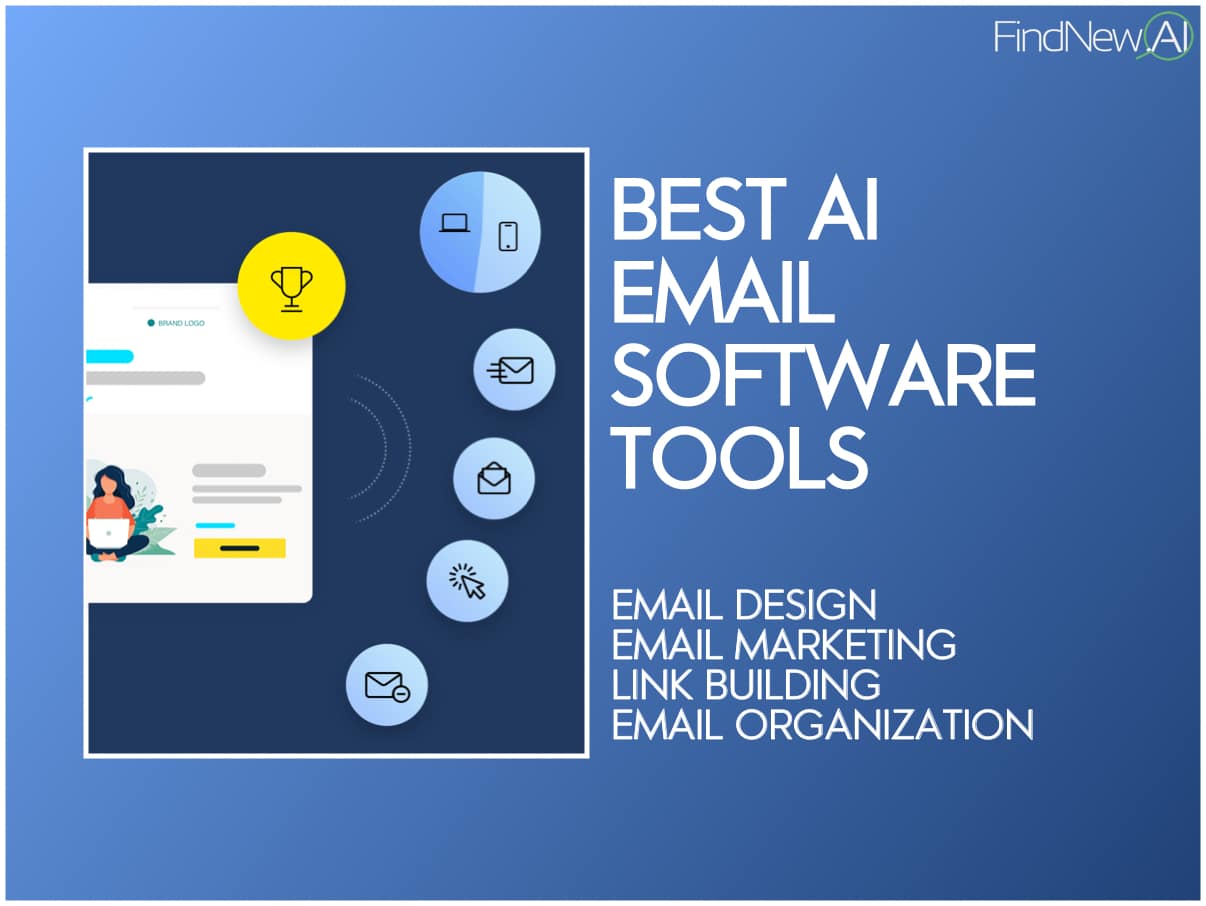Canada Must Become the New Leader in AI: The Road to 2029
Canada has a remarkable claim to fame in the realm of artificial intelligence. While the United States and China dominate the global stage with massive venture capital flows and booming tech giants, Canadians can point to many of AI’s pioneering minds—from Geoffrey Hinton, often hailed as the “Godfather of Deep Learning,” to Ilya Sutskever, co-founder […] The post Canada Must Become the New Leader in AI: The Road to 2029 appeared first on Unite.AI.


Canada has a remarkable claim to fame in the realm of artificial intelligence. While the United States and China dominate the global stage with massive venture capital flows and booming tech giants, Canadians can point to many of AI’s pioneering minds—from Geoffrey Hinton, often hailed as the “Godfather of Deep Learning,” to Ilya Sutskever, co-founder of OpenAI, and Joelle Pineau, formerly a leading research director at Meta AI until his announced departure—all with roots in Canadian labs and universities. Yet, being the birthplace of great research is no guarantee of future leadership. With a federal election scheduled for on April 28, 2025, Canada has an immediate opportunity to chart its AI policy. Beyond that, a larger deadline looms in 2029, the year some experts predict we could see AI reach—or closely approach—human-level intelligence.
In other words, artificial general intelligence (AGI)—a form of AI capable of understanding, learning, and performing any intellectual task that a human can—may emerge. This differs sharply from today’s narrow AI, which is designed to perform specific tasks (like language translation or image recognition) but lacks the broader reasoning and adaptability of human cognition.
If AI can achieve AGI first, it would enable the country to leapfrog all other technologies to become the leader in innovation, economic productivity, and global influence—reshaping industries from healthcare and education to defense, finance, and scientific discovery almost overnight.
No other goal would be as important to achieve, instant abundance and prosperity could be shared amongst all Canadians, and to important allies such as the European Union, and the United Kingdom.
A Legacy Written in Code
Canada’s roots in AI date back to the 1980s, when Geoffrey Hinton arrived at the University of Toronto, supported by early government grants that allowed unconventional work on neural networks. Around the same time, Yoshua Bengio laid the foundation for deep learning at the Université de Montréal, eventually co-founding Mila—now among the world’s largest academic AI institutes. In Alberta, Richard Sutton championed reinforcement learning at the University of Alberta, giving rise to the Alberta Machine Intelligence Institute (Amii), and later attracting DeepMind (Google’s AI division) to establish its first international research office in Edmonton.
These seemingly isolated efforts converged decades later to kickstart the deep learning revolution. In 2012, Hinton’s lab stunned the AI community by using neural networks to crush image-recognition benchmarks. One of his students, Ilya Sutskever, would go on to co-found OpenAI, which introduced ChatGPT to the world in 2022. Meanwhile, Bengio’s work in Montreal inspired generations of researchers, and Sutton’s breakthroughs in reinforcement learning influenced everything from game-playing AI (AlphaGo) to advanced robotics.
Canada’s AI pioneers put the country on the map. But the question now is whether Canada can leverage that pioneering history to become a long-term powerhouse—or whether it risks being eclipsed by the relentless surge of AI investments in the U.S. and China. This question grows more urgent as thought leaders, including futurist Ray Kurzweil, predict that by 2029, we may reach a tipping point in AI’s capabilities—potentially heralding the era of Artificial General Intelligence.
Four AI Hubs Fueling Innovation
Toronto
Toronto has become a global nerve center of AI innovation, anchored by the University of Toronto’s research legacy and the Vector Institute for Artificial Intelligence. Historically, Geoffrey Hinton’s work formed the bedrock of Toronto’s AI scene. Since then, the city has cultivated an immense startup ecosystem that capitalizes on local academic talent and strong industry ties.
Over the past decade, major tech players—including Google Brain, Uber ATG (for self-driving cars), and NVIDIA—established labs or offices here, each keen to tap into Toronto’s motherlode of AI researchers. This synergy between academia and industry is the key to Toronto’s momentum: new ideas quickly jump from university labs into startups or corporate R&D, creating a virtuous cycle that continually reinforces the city’s AI standing. With a diverse population and international ties, Toronto also offers a culturally rich environment for AI innovation to flourish.
Montreal
Montreal stands as a global deep learning stronghold, with the Université de Montréal, McGill University, and Mila (co-founded by Yoshua Bengio) driving a critical mass of AI expertise. The city’s bilingual, multicultural backdrop encourages intellectual cross-pollination, fueling breakthroughs not only in core AI but also in related fields like natural language processing and computer vision.
Beyond academia, Montreal has attracted corporate research labs from Google, Meta, Microsoft, IBM, and Samsung, each intent on working alongside the city’s stellar AI community. Meanwhile, local startups—ranging from early-stage spin-offs to scale-ups—benefit from the collaborative ethos and ongoing influx of research grants and talent. This research-driven environment positions Montreal as Canada’s thought leader on ethical and socially conscious AI, such as hosting the Montréal Declaration for a Responsible Development of Artificial Intelligence.
Edmonton
Edmonton’s AI strengths come from a deep academic lineage at the University of Alberta, particularly in reinforcement learning (RL). Visionaries like Richard Sutton made Edmonton a mecca for RL research, leading to significant global recognition when DeepMind chose to locate its first international office here. While Edmonton is smaller than Toronto or Montreal, it excels in foundational AI research, with Amii translating that research into practical applications.
Though sometimes overshadowed by the flashier tech scenes in larger cities, Edmonton’s significance lies in its laser focus on advanced RL algorithms that underpin many cutting-edge systems—think robotics, autonomous decision-making, and advanced simulation. Collaboration between public institutions and private partners fosters a tightly knit community that punches above its weight.
Waterloo
Waterloo Region is revered for its engineering and computer science prowess, fueled by the University of Waterloo’s globally renowned co-op programs. The region has launched tech success stories like BlackBerry and spawned formidable AI ventures focusing on robotics and autonomous systems (e.g., Clearpath Robotics). Its proximity to Toronto creates the Toronto–Waterloo Tech Corridor, one of North America’s largest innovation clusters.
This corridor, alive with startups and incubators like Communitech and Velocity, offers a fertile environment for entrepreneurs building AI-driven products. Waterloo is also known for its robust engineering-to-commercialization pipeline: students and graduates often found or join startups at a rapid pace, enabling them to transform theoretical AI research into tangible products. Whether it’s quantum computing spin-offs or AI-based enterprise software, Waterloo’s fusion of rigorous academic training and entrepreneurial culture cements its role as a prime incubator for Canada’s next generation of AI disruptors.
A Tale of 4 Cities
Taken together, these four hubs reflect Canada’s diverse strengths: world-class universities, collaborative tech communities, and a long-standing commitment to pushing the boundaries of AI research. Yet, despite this impressive foundation, Canada’s place at the AI summit is not guaranteed—particularly as 2029 draws closer and the possibility of AGI grows more real.
The Threat of Falling Behind: Venture Capital Disparities and the Brain Drain
Canada’s enviable academic pedigree and early breakthroughs risk being overshadowed by massive AI investments in the United States and China. While Canada has some notable funding programs (such as the Pan-Canadian AI Strategy), venture capital (VC) remains a critical bottleneck, forcing many AI startups to look elsewhere for financing.
Why This Matters
Insufficient local VC spells trouble for startups that need large-scale capital—often in the hundreds of millions of dollars, and in many cases to train large language models (LLMs) billions—to bring advanced AI solutions to market. Without adequate funding rounds, Canadian ventures struggle to compete with well-backed U.S. and Chinese peers, making it tough to retain top talent or expand globally.
A Snapshot of Global AI VC Funding
In 2024, venture capital (VC) funding for artificial intelligence startups surged to record levels. This excludes other forms of financing like private equity or M&A, focusing only on VC investments into AI-focused companies. According to the latest data, the United States captured the vast majority of AI VC funding, with Canada taking 2.1% of VC investments.
2024 AI Venture Capital Investment by Country (USD Billions)
| Rank | Country | AI VC Investment (USD) | % of Global Total (Approx.) |
|---|---|---|---|
| 1 | United States | $80.8B | ~74% |
| 2 | China | $7.6B | ~7% |
| 3 | United Kingdom | $4.3B | ~4% |
| 4 | France | $2.7B | ~2.5% |
| 5 | Canada | $2.3B | ~2.1% |
| 6 | Germany | $2.1B | ~2% |
| 7 | United Arab Emirates | $1.7B | ~1.5% |
| – | Rest of World | ~$7.5B | ~6.9% |
| – | Total | ~$109B | 100% |
*Data sourced from Dealroom.
Consequences of Underfunding AI in Canada
The potential pitfalls are already visible. Canadian AI startups and IP too often end up in foreign hands once they show commercial promise. A prime example was Montreal’s Element AI, sold to U.S. software giant ServiceNow; Waterloo’s Maluuba was snapped up by Microsoft; and DarwinAI was quietly acquired by Apple. In some cases, entire teams relocate to Silicon Valley or re-incorporate in the U.S. to secure funding from American investors.
This isn’t just a matter of missing out on a few success stories. When promising companies leave, so do the IP, R&D jobs, and future spinoff benefits. Canada’s voice in AI policymaking, from standard-setting to ethical frameworks, weakens when we don’t have a robust domestic industry to anchor our positions. If current trends continue, Canada risks becoming a passive consumer of someone else’s AI innovations rather than a global shaper of the technology we helped pioneer.
A Bold Proposal: Canada as AI Investor and Early Adopter
To regain and sustain global AI leadership before the 2029 tipping point that experts like Ray Kurzweil have forecast—and that CEOs such as Sam Altman (OpenAI) and Demis Hassabis (DeepMind) suggest could herald early AGI—Canada must step up on two fronts: fueling domestic AI ventures with large-scale investment and deploying AI “co-pilots” across public services. Doing so not only ensures Canadian-made solutions flourish, but also gives citizens tangible benefits from cutting-edge technology.
Canada as a Venture Capital Powerhouse
A National AI Fund—co-funded by government and private VCs—could propel local startups to scale without relocating abroad. Strategic partnerships with Canadian pension funds would infuse significant capital into the ecosystem, while offering stable returns. Tax incentives or matching grants for companies that keep R&D and headquarters in Canada would anchor intellectual property domestically, strengthening the entire AI value chain.
Retaining top talent is just as vital. Offering generous research grants, entrepreneurial fellowships, and cross-sector collaborations would keep AI scholars and inventors growing their careers in Canada rather than seeking more lucrative or better-funded opportunities abroad. By building up local investment capacity, Canada ensures that future breakthroughs remain under Canadian stewardship—especially critical if AGI-level systems start to appear by or before 2029.
AI as a Co-Pilot for Government Services
Beyond funding, Canada can become an early adopter of AI solutions for public benefit—particularly in healthcare and education.
Healthcare
Imagine a nationwide platform where every Canadian can access an AI-powered “medical co-pilot.” This system, integrated with personal health data (securely stored and entirely user-controlled), could help interpret lab results, recommend preventive measures, and suggest follow-up tests. With robust data privacy regulations and transparent consent mechanisms, Canadians would decide precisely who can access their records and for what purpose. By blending clinical expertise with AI-driven insights, Canada could dramatically improve patient outcomes, reduce wait times, and lead the world in ethical, patient-centric healthcare technology.
Now imagine this powered by AGI. Unlike today’s narrow medical AIs trained for specific diagnoses, an AGI-enhanced system could integrate complex data across genetics, lifestyle, environment, and longitudinal health records to offer holistic, real-time care. It could act as a 24/7 physician, researcher, and caregiver—catching early signs of disease, customizing treatment plans, and even assisting doctors during surgery or diagnosis with world-class precision.
For a country like Canada, which already offers universal healthcare, AGI could act as the ultimate equalizer—delivering world-class care not just to the wealthy or urban populations, but to every citizen regardless of geography or income. Rural and remote communities could receive instant specialist-level assessments. Language barriers could vanish with real-time translation and cultural context. Overburdened hospitals could prioritize patients dynamically, reducing triage bottlenecks and preventing burnout among staff.
In short, if Canada becomes the first to integrate AGI into a public healthcare system, it wouldn’t just improve care—it could set the global standard for what compassionate, intelligent, and accessible healthcare looks like in the 21st century.
Education
In the education sphere, an AI tutoring assistant could provide personalized lessons, feedback, and exercises tailored to each student’s learning style. Teachers remain crucial but gain a powerful ally to manage large class sizes, identify at-risk students, and even customize curricula based on individual performance data. Rural and remote communities, often underserved by physical resources, could benefit immensely from such digital tutors—leveling the playing field for all Canadian learners.
But with the advent of AGI, the possibilities expand dramatically. Imagine a classroom where every child, regardless of ability or background, has access to a tireless, empathetic, and endlessly adaptive tutor—an AI that understands how they learn best, recognizes when they’re struggling before they do, and adjusts its teaching in real time. For students who need more time or support, AGI could offer infinite patience and personalized reinforcement without stigma. And for advanced learners, it could unlock an accelerated pathway, challenging them with deeper concepts, cross-disciplinary projects, and real-world simulations—all without making them wait for the rest of the class to catch up.
No longer would fast learners be held back or slower learners be left behind. Every child could move at their own optimal pace, with the system dynamically reconfiguring itself based on real-time progress. Boredom and frustration—two of the biggest contributors to disengagement—could be virtually eliminated.
Teachers, far from being replaced, would be elevated. Freed from the time-consuming tasks of grading, repetitive instruction, and standardized test prep, they could focus on what matters most: mentorship, inspiration, and human connection. AGI would serve as their co-pilot, surfacing insights about each student’s emotional well-being, learning trajectory, and unique talents.
From early childhood education to university and beyond, Canada could become the first country where no child falls through the cracks, and where every learner, regardless of circumstance, is empowered to reach their full potential. Education would no longer be limited by geography, budget, or class size—it would become a lifelong, customized journey powered by human compassion and artificial intelligence working in perfect harmony.
Public Services
From immigration to tax filing, AI can streamline government processes, making them transparent, efficient, and user-friendly. By adopting AI in a principled way—prioritizing data privacy, fairness, and accessibility—Canada can show the world how to operationalize responsible AI in a democratic society.
Now imagine those public services empowered by AGI. Every citizen could have access to a personal digital public service agent—an always-available, multilingual guide capable of helping them navigate everything from healthcare applications and housing support to pension benefits, small business permits, and legal aid. Forms that once took hours to fill out and weeks to process could be completed in minutes, with real-time verification, contextual guidance, and zero bureaucratic runaround.
Immigration systems could become vastly more humane and efficient. AGI could help applicants track their progress, understand next steps, and receive support in their native language—all without the confusion or anxiety of interacting with opaque systems. Officers and caseworkers would be supported by intelligent tools that highlight complex cases, detect anomalies fairly, and ensure decisions are grounded in precedent and policy—minimizing bias and improving outcomes.
In areas like tax filing, AGI could proactively identify credits and benefits a citizen may be eligible for, reducing errors and boosting uptake of programs designed to help lower-income Canadians. Instead of relying on complex portals and jargon-filled notices, users could simply ask questions in plain language and get precise, personalized answers. Compliance would improve, fraud would decrease, and the relationship between citizens and government could shift from frustration to trust.
For municipalities, AGI could help optimize service delivery—whether it’s traffic flow, emergency response, waste management, or urban planning. Real-time insights from smart infrastructure could be used to respond faster to community needs, deploy resources more effectively, and even predict future demands before they become crises.
Critically, Canada’s commitment to transparency, democratic accountability, and universal access makes it uniquely positioned to implement this technology responsibly. Where other nations might veer toward surveillance or privatized governance, Canada can prove that AI doesn’t have to come at the cost of civil liberties. With a values-driven approach, the country could become the global blueprint for AI-enabled democracy—where public services are not only more efficient but more equitable, inclusive, and citizen-centered than ever before.
Conclusion: The Road to 2029 and Beyond
Canada’s choice is stark: act with urgency and vision in AI, or watch its early advantages slip away. Being a global leader in AI isn’t about vanity; it will determine our economic competitiveness, our capacity for innovation, and our moral standing in how AI reshapes society—particularly if we approach the transformative possibilities of AGI around 2029.
Although the 2025 federal election is an immediate milepost for AI policy, the longer horizon of 2029 is where the truly profound stakes lie, according to forward-looking technologists like Ray Kurzweil and CEOs like Sam Altman. They warn that if AGI emerges within the decade, decisions being made right now will determine who steers this technology and how it gets integrated into everyday life.
Voters deserve to know how each political party plans to support and regulate AI. Will we invest in homegrown startups, or let them be acquired by foreign giants? Will we adopt AI co-pilots in public services with robust privacy safeguards, or watch others commercialize those breakthroughs first? Will we champion an ethical vision for AI worldwide, or allow private interests to set the rules?
We’re at a pivotal moment where Canada can reclaim its status as an AI trailblazer. By infusing venture capital into domestic innovation, deploying AI responsibly in healthcare and education, and ensuring citizens maintain control over their personal data, Canada can shape the global AI narrative rather than passively consume it.
If Canada fails to seize this moment, we risk becoming a footnote in the story we started. If we succeed, we’ll prove that a medium-sized country with big ideas can guide the biggest technological shift of the century—even if AGI arrives by 2029. Let’s make AI policy a defining issue in the upcoming elections and beyond—and, in doing so, ensure that the technology Canada helped invent remains a force for good for generations to come.
To make this a reality, political parties must adopt clear AI strategies—allocating billions not just to research, but more importantly, to investing in and taking ownership stakes in Canada-headquartered AI startups.
I urge Canadians to make AI a defining issue in this election—because if we lead with vision and courage, we can build a future where prosperity, health, and education are elevated for all. Canada has the chance not only to transform itself, but to inspire the world—sharing our values and technology with allies like Australia, France, Germany, India, Japan, South Korea, and the United Kingdom. With AGI on the horizon, the choices we make today will determine whether Canada helps shape the future—or watches it unfold from the sidelines
The post Canada Must Become the New Leader in AI: The Road to 2029 appeared first on Unite.AI.











































![[The AI Show Episode 143]: ChatGPT Revenue Surge, New AGI Timelines, Amazon’s AI Agent, Claude for Education, Model Context Protocol & LLMs Pass the Turing Test](https://www.marketingaiinstitute.com/hubfs/ep%20143%20cover.png)




















